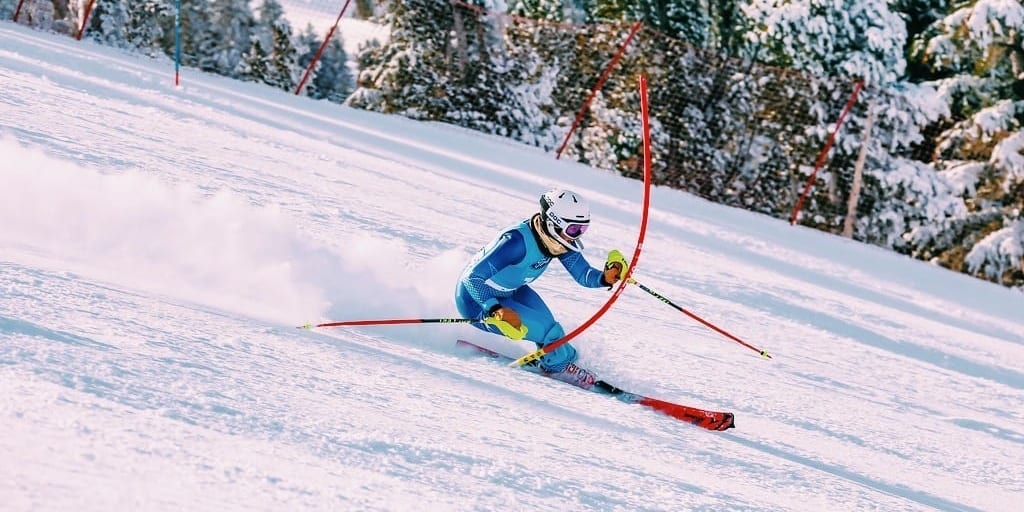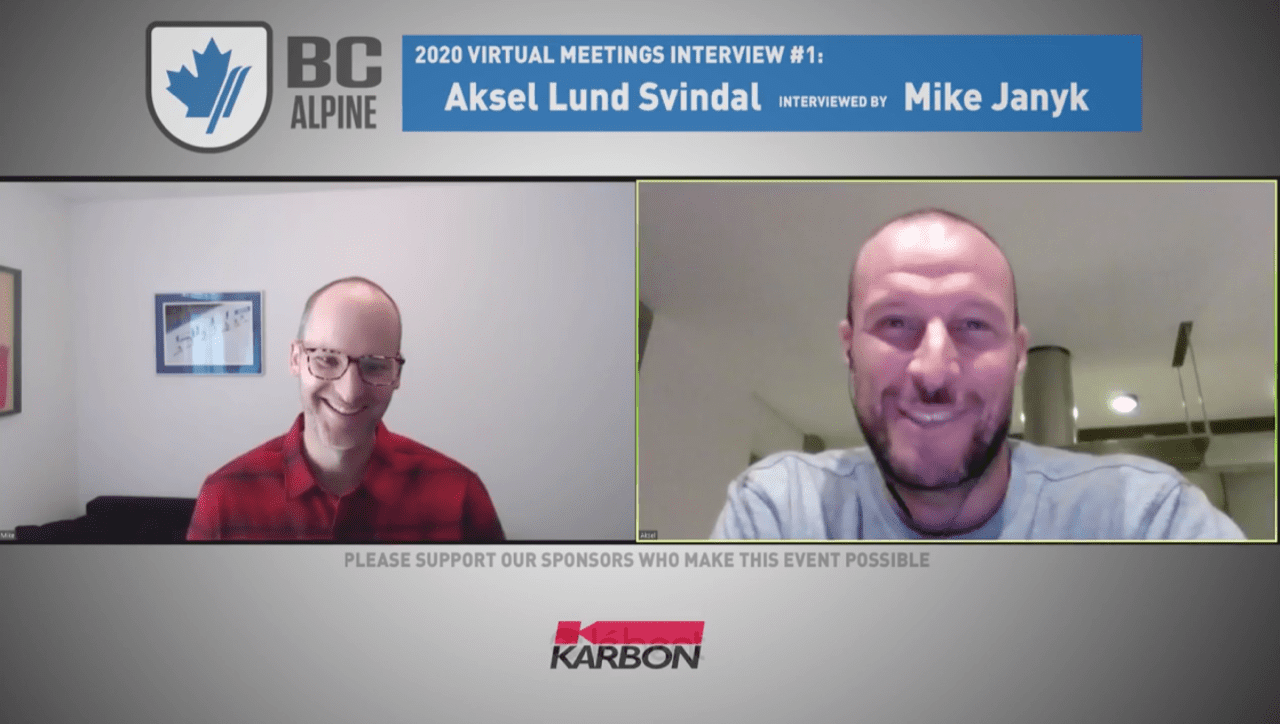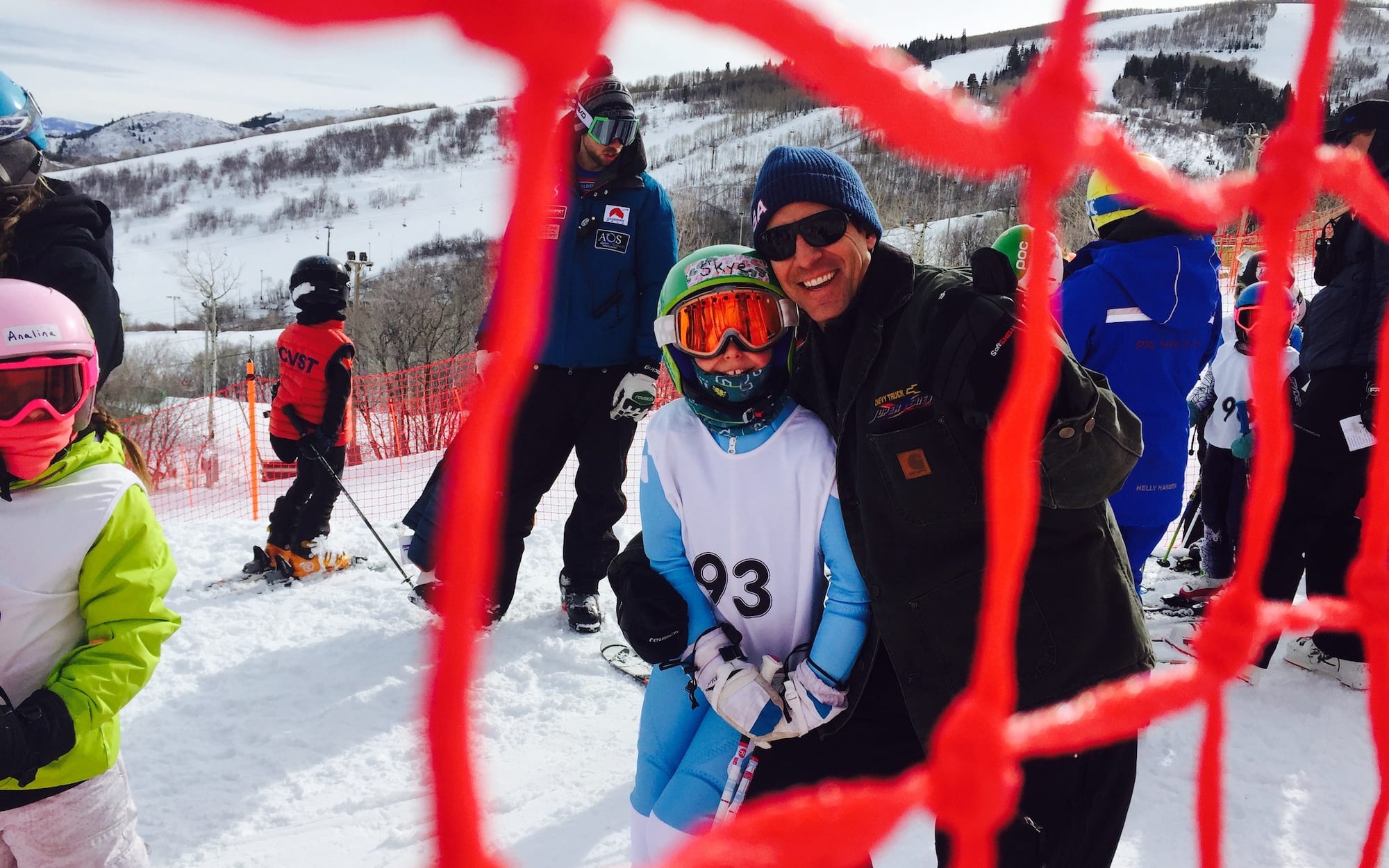SafeSport: What You Need To Know
Addressing sexual misconduct is never an easy conversation, but it’s critical to address in both sport and education. Sometimes, the hardest conversations to have are the most necessary.
U.S. Ski & Snowboard and the U.S. Olympic Committee (USOC) have teamed up over the past year to launch a new program aimed at curbing physical, emotional, and sexual misconduct across the athletic spectrum. The newly opened U.S. Center for SafeSport in Denver, Colo., is a nonprofit organization focused on preventing all forms of abuse in sport. The center will provide independent response and resolution services to all U.S. Olympic and Paralympic sports.
Opened this past March, the program was born out of a need for an independent body that could receive claims of abuse and investigate them outside of any influence or conflict of interest from a particular team, individual, or organization. Similar to how the U.S. Anti-Doping Agency operates independently in the doping world, SafeSport will do the same when investigating claims of abuse.
“There is a critical need to address abuse in sports and we want to do everything we can to provide athletes with a positive, safe, and secure environment,” says USOC CEO Scott Blackmun. “Violence, abuse, and misconduct in sport not only threatens athletes but also undermines the fundamental values that sport is based on.”
Sadly, this problem is decades old. With revelations of rampant misconduct in Hollywood and the gymnastics world dominating headlines and discussions across the country as of late, the need for an independent investigative body is stronger than ever.
“We’re ecstatic,” says U.S. Ski & Snowboard Executive Vice President and General Council Alex Natt. “Frankly, we don’t have the expertise here at the COE to handle these things, and they do. They have exclusive jurisdiction over anything that involves sexualized conduct. We have in fact ceded authority to them in our bylaws over any claims that have anything to do with sex.”
Natt explains that by virtue of becoming a member of U.S. Ski & Snowboard, all individuals must agree to abide by the SafeSport code of conduct. That means that all athletes, coaches, officials, staff, and even the U.S. Ski & Snowboard governance board are all subject to the code.
“We also need to make sure that anyone that we deem to be in a position of authority over athletes, or have frequent contact with athletes, be subject to the SafeSport code as well,” adds Natt.

Under new U.S. Ski & Snowboard guidelines, nearly everyone who comes in contact with athletes will be subject to the SafeSport code. Image Credit: Sugar Bowl Ski Team and Academy
Now, if reasonable suspicion arises that abuse is occurring at a club, the SafeSport office will be notified as well as any relevant law enforcement and child protective services. An independent investigation will begin, and if there is sufficient evidence of misconduct, SafeSport will impose a sanction on the accused and any appropriate criminal charges will be filed.
After an investigation, an accused individual can either accept the SafeSport sanction or request a hearing with full due process to address the disciplinary action.
Although mandatory reporting laws vary state-to-state, in general terms healthcare workers, educators, and law enforcement agents are required by law to report observed or suspected abuse. Under the new U.S. Ski & Snowboard guidelines, mandatory reporting will be significantly expanded.
“To avoid these vagaries in the different legal systems throughout the 50 states, we’ve just made it a policy that in U.S. Ski & Snowboard, everyone is a mandatory reporter,” says Natt. “If you hear that something is awry and have a reasonable suspicion that someone is subject to inappropriate sexualized conduct, you must report that to police or child protection authorities and SafeSport.”
Under the SafeSport guidelines, reports can be filed anonymously in order to protect the reporter’s identity.
Although it has been U.S. Ski & Snowboard’s policy for some time for any prospective coach to undergo criminal background screening, one of the goals of SafeSport is to create an additional database of individuals who have been deemed ineligible – either by virtue of criminal activity or otherwise – so a perpetrator cannot seek employment in another sport.
The U.S. Center for SafeSport is funded through contributions from the various National Governing Bodies (NGBs), with larger NGBs like U.S. Ski & Snowboard contributing $55,000 per year for the next five years, with the remaining balance covered by the USOC. The USOC is currently seeking grant money to supplement the NGB contributions, as investigating and prosecuting cases of this nature can become lengthy and expensive endeavors.
For more information on the U.S. Center for SafeSport, please visit the website at safesport.org.





















